What Is a Cruise Ship Tender?
Today we had to tender ashore and it really went quite well. There are a lot of factors that go into a successful tendering day. What is a cruise ship tender? What’s the difference between docked and tendered? Today we are going to answer all the question you have about cruise ship tenders and the cruise ship tendering process.
It’s Not Always Called Tendering
Some cruise lines call the process different names than tendering. The most common alternative names to tendering is a water taxi or water shuttle. While these are different names the concept is the same.
What Is a Cruise Ship Tender?

A cruise ship tender is a boat that is used to bring passengers and crew from the cruise ship to shore. It is most common a boat that is also used as a lifeboat.
The ship I used to sail on regularly had four tenders. For the purposes of tendering they figure that about 80 people +/- can sit comfortably in a tender. When you look at the ship and you see all the lifeboats hanging there, the ones that are used as tenders are the ones that look the biggest and fanciest. This is true among pretty much all ships. However, bigger and newer ships have tenders that will hold far more than 80 people – more like 150-200.
Tenders themselves are similar to a lifeboat, can look like them on the side of the ship, and in an emergency they are used as lifeboats. However, they might be outfitted slightly differently, perhaps with a nicer interior than a traditional lifeboat because they are used to move passengers during cruises.
Cruise ship tenders are typically lowered to the water by a hydraulic davit system. Another difference with cruise ship tenders is they have at least two motors whereas lifeboats may only have one.
So, to sum it what a cruise ship tender is – it’s a fancy and bigger lifeboat.
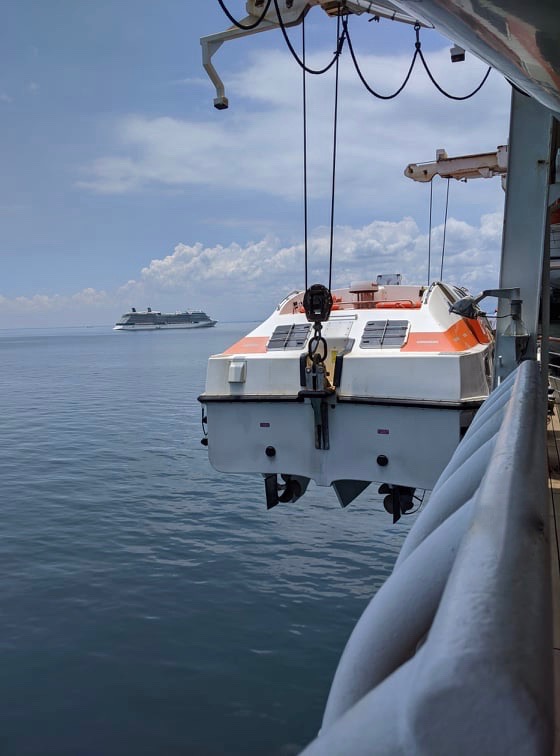
Why Would A Cruise Need to Use a Tender?
Now that we know what a cruise ship tender is, why would a cruise ship need to use one? Tenders are most commonly used in ports where there either isn’t a dock big enough for the ship or the water isn’t deep enough for the ship to safely dock alongside.
This allows even very large ships to call in more remote places and give guests an opportunity to explore.
Some other reasons are:
- Other ships have the docks reserved and there is no space left.
- In the case of one time visiting Stockholm, Sweden, we tendered overnight because our docking location was going to be so far away from the town and there were no busses available to bring the passengers closer to the city.
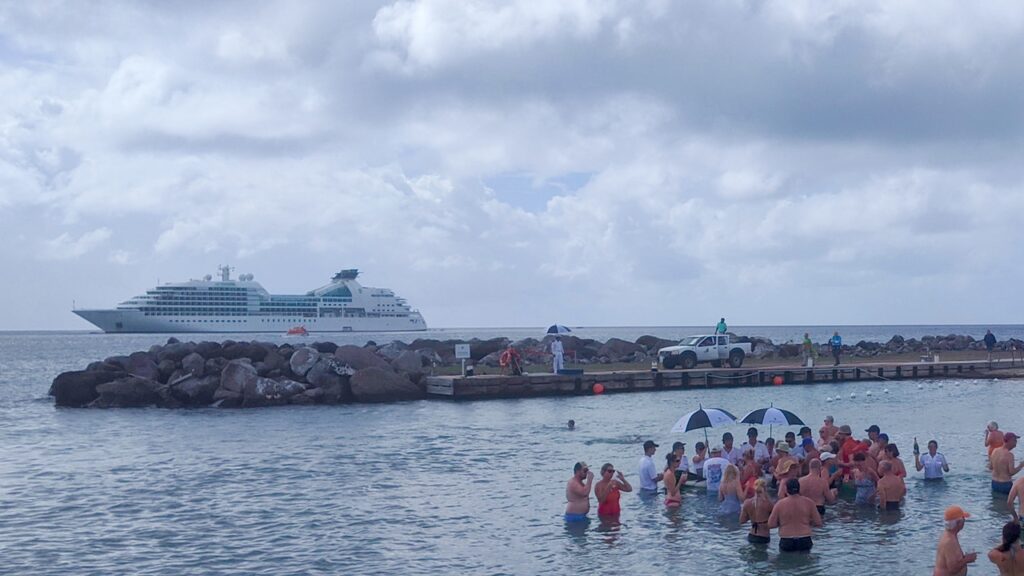
What’s the Difference Between Tendering and Docking?
When a ship is tendering it sits out in the bay or harbor. The ship will typically be a in somewhat protected location so that it doesn’t move around too much. The ship will drop it’s anchor and then guests and crew will go ashore via tender boats.
When a ship is docked it is at a berth alongside a pier where guests can walk over a short gangway to be on the pier and in essence on land.
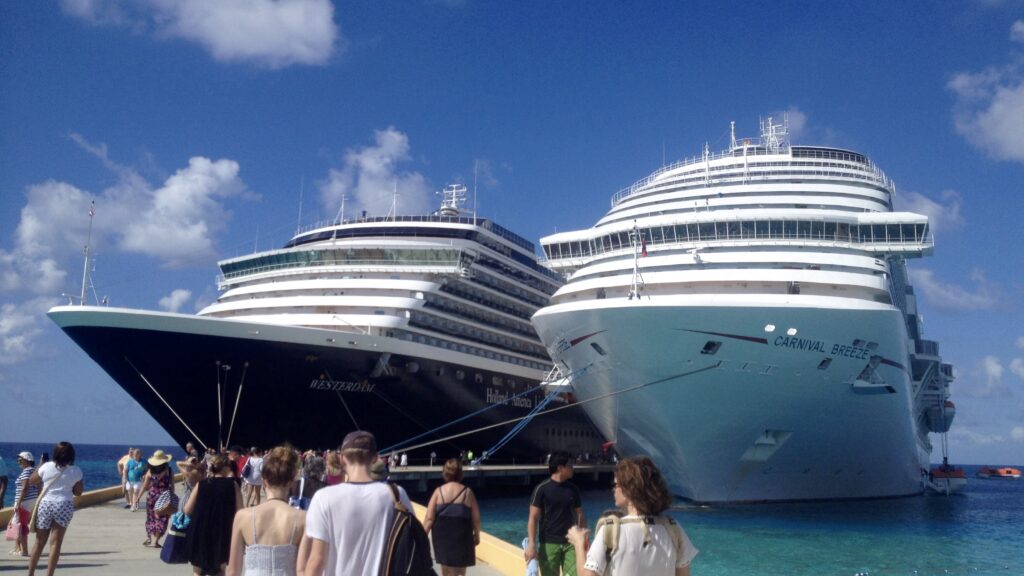
How Many Tenders are In Use at Once?
In an ideal world every tender that a ship has would be in use every time the ship is in a tender port. That’s not always the case. Sometimes a tender needs maintenance to be done on it, or maybe there aren’t enough staff (maybe someones sick, or there was rough weather the night before and more people had to be on watch and thus they can’t go to work because they would be in violation of their MLC 2006 work/rest hour requirements – who knows what the reason is) to operate all of the tenders. However, it doesn’t always make sense to have every tender going at once. There are a few things to think about.
Now, the picture above shows 4 tenders just on that side of the ship, that means for that ship there are 8 tenders. All 8 tenders can’t be alongside getting passengers at once.
Many ships will board tenders from both sides of the ship. In addition while the tenders are being loaded at the ship, they are being unloaded ashore. Added to that are the tenders that can be going between the ship and the shore one way or the other.
So, why wouldn’t you have ever tender going at once if you had enough staff? Well, if it’s particularly hard to unload the passengers or if there is only one place you can load and unload passengers, what would happen is you would end up with four or five tenders full of people waiting in the bay to get unloaded. Tenders are much rockier than a ship is and doesn’t have air conditioning, so it’s best to keep people on the ship until they can have an easy transition from ship to shore.
Which Ports Use Tenders?
Possibly more than you might think. If you have a cruise booked usually it will say if a tender is required in a specific port. However, if you’re just curious about which ports might need tenders, most cruise lines actually have a link on their website to which ports they use tenders at. Here are links to major cruise line tender port lists.
- Carnival Water Shuttle Ports
- Celebrity Cruise Line Tender Ports
- Holland America Line Tender Ports
- Norwegian Cruise Line Tender Ports
- P&O Tender Ports
- Royal Caribbean International Tender Ports
- Seabourn Tender Ports
How Does the Process of Using a Cruise Ship Tender Work?
In the morning the tender team lowers the tenders down from the boat deck to the water. On most ships you board the tender by going to the tender platform, accessed through decks below the passenger decks (often called “A” or “B”). On some ships you have to be able to walk down a set of stairs to go on the tenders, others have elevators that will bring you to the correct deck.
On any ship there are more people that want to get off the ship than there are tenders available. This is handled in a few different ways:
- Tours
- Those people on tours will go ashore when their tour group is called. This is a known number of people per group and thus the people working at the tender platform and on crowd control for tendering can plan for it.
- Tender Tickets:
- The most basic version of this: you get a ticket that has a number on it and you wait for that number to be called.
- The other details: Depending on the port you’re in people will start lining up so, so, soooooo early. In Easter Island this year they started lining up at 3:30am for tickets that weren’t going to be handed out until 7:30am. They wanted to be the first ones in line. This has to do with the experience last year in Easter Island where not everyone was able to go ashore (incredibly rocky conditions), but let’s just say that sometimes people can get very “Hunger Games” about this. If you are like me though, there is no place that is worth seeing to wake up at 3:30am and stand in line for 4 hours with people that are undoubtedly complaining, whining, and in other ways just being obnoxious humans. (This isn’t to say they are always that way, but for some reason tendering brings out the worst in people – this is based on a survey that I’ve been compiling in my head for the past 10 years).
- Something I’ve found interesting while sailing as a “passenger” is that sometimes you hear more of the complaining than you do while working largely because you hear all the little comments that people say underneath their breath or to the people they’re standing with.
- The most basic version of this: you get a ticket that has a number on it and you wait for that number to be called.
- Loyalty Status with the Cruise line
- Some cruise lines will offer the ability to jump in line if you have a high enough loyalty status with the cruise line. Usually you have to be near their top tiers to have this privilege, but when you do it’s pretty cool.
- Some cruise lines will offer the ability to jump in line if you have a high enough loyalty status with the cruise line. Usually you have to be near their top tiers to have this privilege, but when you do it’s pretty cool.
- Pre-assigned timeframes
- On some ships you will receive a letter the evening before letting you know when you are able to go ashore. This pre-assigned timeframe keeps guests from having to wait in line for a long time and does prevent some upset people.
The Cruise Ship Tender Process is Slowly Advancing
Cruise ship tender technology is advancing – or at least how you get on the tenders.
Changes to tendering:
- Cruise ships now commonly have elevators that go to the deck the tender platform is on – with access to the tender platform. This is a huge game changer for those with mobility issues that cannot navigate stairs.
- Celebrity now has several ships that have the “magic carpet” an outdoor dining/social area that is basically a giant lift on the side of the ship that can act as a tender platform moving a lot of people to the tender area quickly and safely.
- Tenders are being built more mobility friendly.
- When tendering in private island ports there are sometimes tenders that are at that particular island that are larger and hold more passengers.

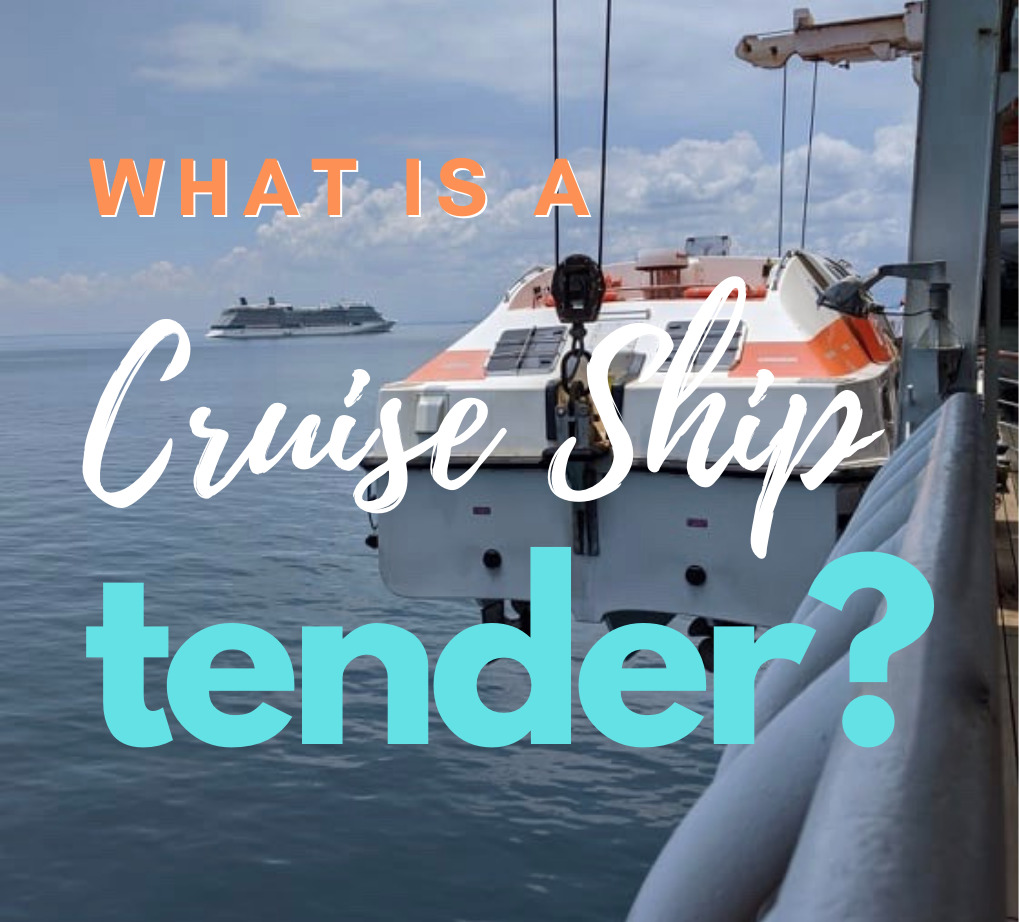




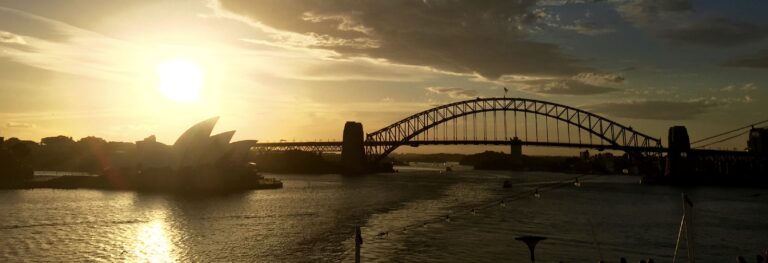
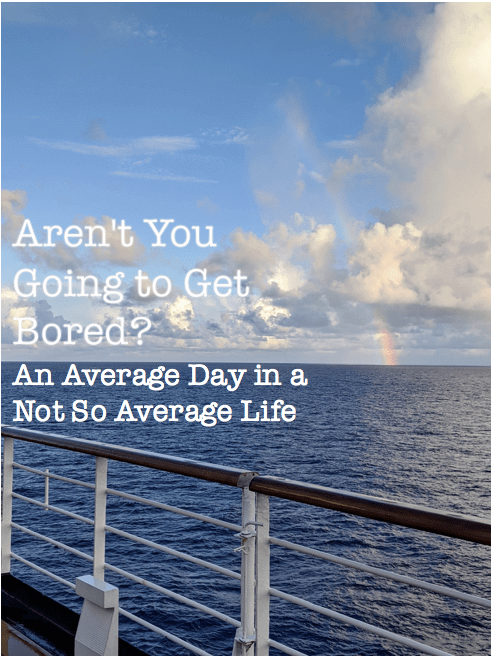
One Comment